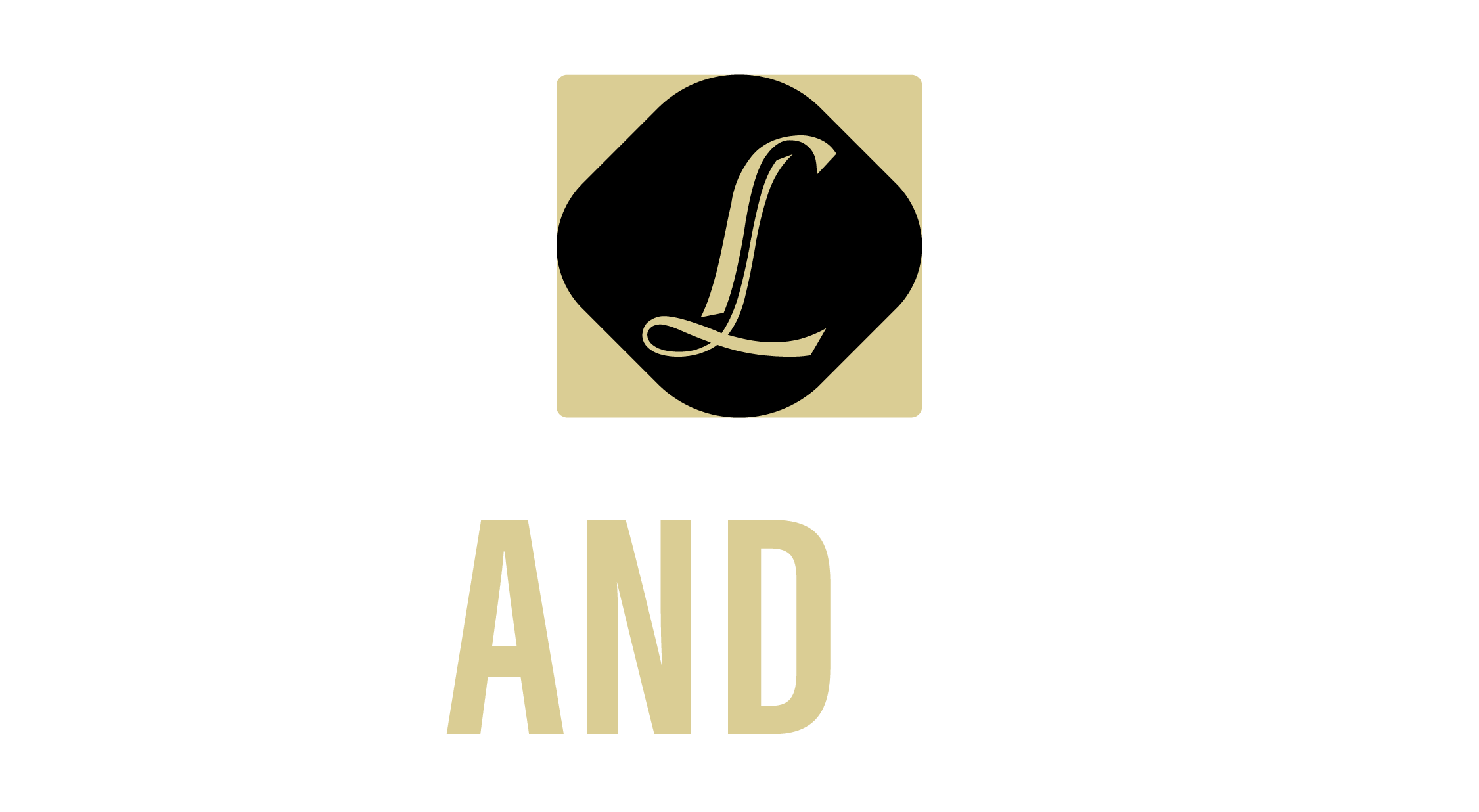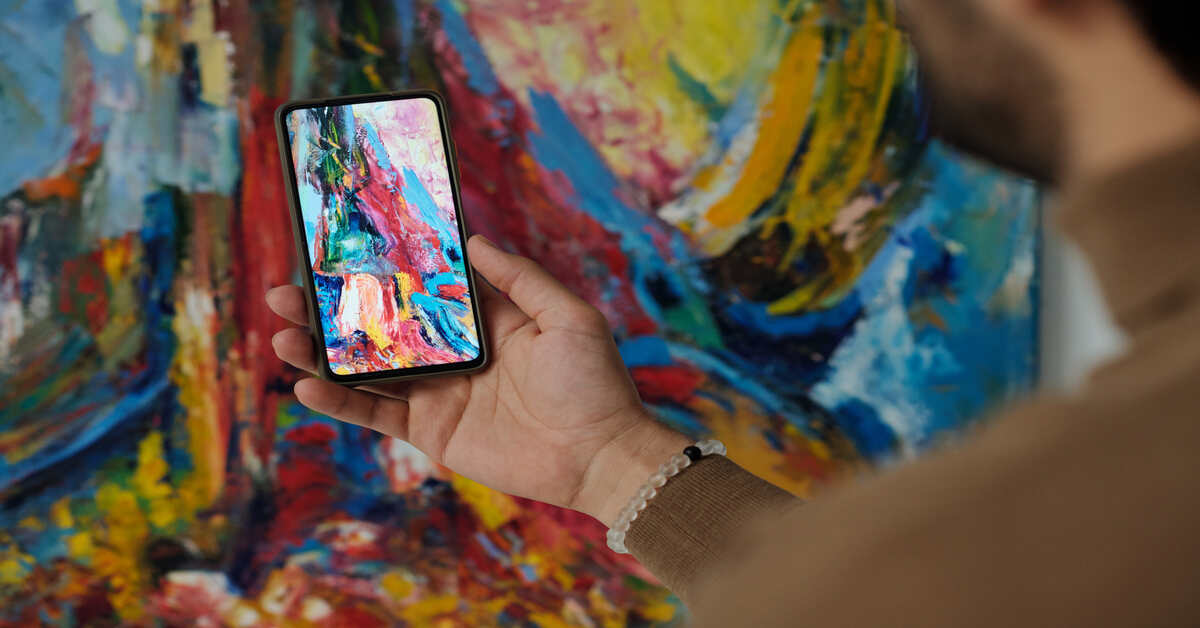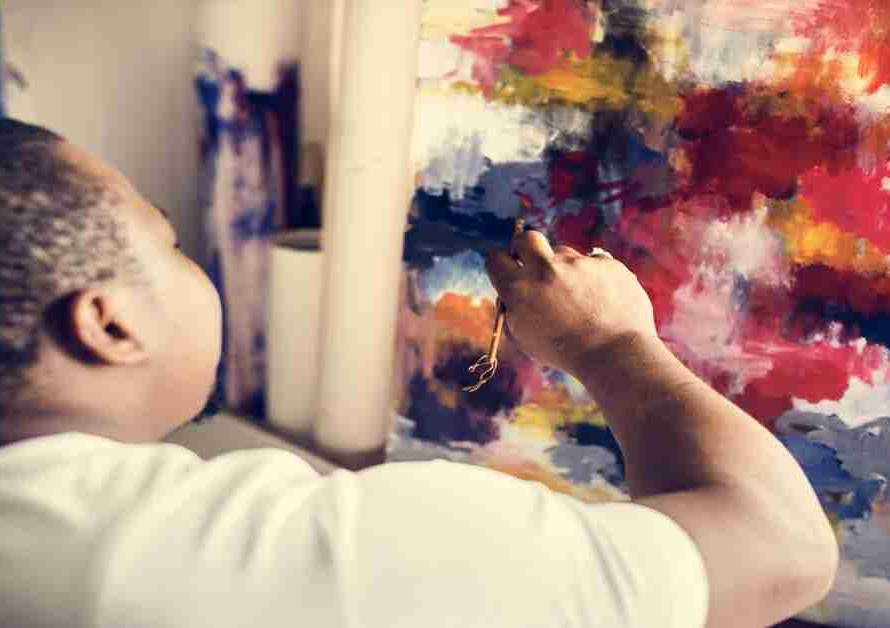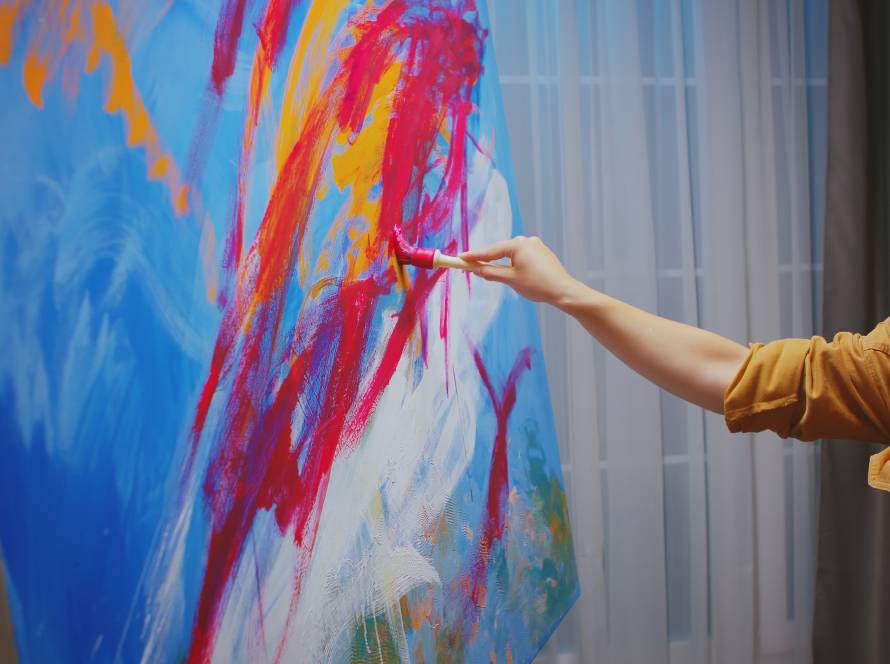Art has never been in isolation but has to keep up with the times as it progresses with the development of technology and changes in culture. The emergence of digital art has been one of the biggest changes experienced in the art world in the last couple of decades. What started in a niche way of practice has grown to be a very alive and healthy aspect of the modern art world. This blog discusses the history of digital art, its beginnings, development and the significant role it has played in the artist and the art society in general.
The Early History of Digital Art
Early Experimentation (1950s-1970s)
Digital art started to develop in the 1950s and the artists started to experiment with computers as a new medium. The first pieces of art created by computers are usually attributed to the works of the early computer artists such as Frieder Nake who made algorithmic drawings in the year 1965 and did so with the use of a computer program. A further important innovation in the field of artificial intelligence happened in the 1970s with the creation of AARON, an early artificial intelligence program that was able to produce drawings using a set of rules coded by their author.
These initial experiments formed the basis of further advances in digital art, demonstrating the possibility of computers to produce visual images and experiment with new forms of art. Nevertheless, at this time, digital art was mostly restricted to academic and experimental settings. It was neither popular nor tolerated as a valid mode of art expression since the old forms found their way into the scene.
The Age of the Personal Computers (1980s)
Digital art took a major turn in the 1980s with the introduction of personal computers. Programs like Adobe Photoshop, which were released in 1988, transformed the way images could be manipulated and created by artists. The novel availability enabled artists to explore digital mediums and methods without being limited by traditional instruments. The fact that people can edit images digitally has created a new dimension of possibilities among artists as they can now be able to apply their creativity to images in a way that was never before thought possible.
It was during this period that artists such as David Hockney started to experiment with the concept of digital painting on computers such as the Apple iPad and this further established digital art as a means of artistic expression. Computer graphics were also introduced in the movie industry during the 1980s, which opened the door to the new age of visual narrative. This amalgamation of art and technology predetermined the digital art revolution which followed.
The Emergence of Digital Art in the 90s
The Internet Revolution
The 1990s have been marked by the emergence of the internet that has had a significant influence on art. Through the online platforms artists were now able to share their work to the world and as such digital art was quickly spread across the world. Online galleries and websites started being built and this gave artists a new platform to be seen and be heard. This art democratization brought about a wave of creativity and innovation with artists of various backgrounds starting to experiment with digital instruments.
The digital art communities and forums thrived in this era, allowing artists to exchange their techniques, collaborate and criticise one another. The internet has helped create an energetic exchange of ideas and styles, the traditional boundaries have been broken and a sense of community is created among digital artists. This change in the manner art was produced and received ushered in a new era in the development of digital art.
The Emergence of New Styles
As the digital tools became more and more accessible, new styles and movements of the digital art scene developed. Artists began to experiment with methods of integrating old art mediums with digital media, including digital collage and 3D modeling. The emergence of graphic design as an art form also contributed to the development of digital art, as the artists started using the principles of typography, branding, as well as advertising in their artworks.
Some prominent artists of this era were such as Joshua Davis who made generative art by using algorithms and Casey Reas, a co-founder of Processing, a programming language that visual artists utilized. Their work was an example of the new wave of innovation of the era, and they were pushing the limits of what art could become in the digital space. The 1990s were the beginning of the variety of digital art and its dynamic nature, which would only develop further in the following years.
The 21st Century: Digital Art Goes Mainstream
The Explosion of Digital Platforms
The 2000s and later on has seen a massive growth of digital art platforms/tools. With the emergence of social media tools such as Instagram and Pinterest, artists could distribute their work to more people, which changed the manner in which art is sold and consumed. Digital art was in the limelight and available to the masses and this not only broke the barriers that would have existed but also provided the artists with direct access to their audience.
Furthermore, technological progress, new high-resolution displays and graphic tablets, only made the digital artists more successful. Applications such as Adobe Creative Suite and Procreate helped artists produce complex and detailed art more easily, resulting in the boom of quality and complexity in digital art. These tools gave artists the ability to be experimental and explore the limits of their creativity, and the digital art ecosystem thrived.
The Convergence of Arts and Technology
With the maturation of digital art, it started to overlap with other art forms, such as animation, game, and virtual reality. The emergence of the gaming industry offered a new role to digital artists who now had the responsibility of designing the characters, the environment, and the visual storyline. Art and technology have come together creating new genres like interactive art and immersive experiences.
New possibilities to express art were also created by the emergence of virtual reality (VR) and augmented reality (AR). Artists started to experiment with the development of immersive spaces that consumers could walk around in and erase the boundaries between the physical and digital worlds. This revolution ushered another phase of digital art where artists tried to attract people through new interactive processes.
The Current Landscape of Digital Art
NFTs and the Art Market
Over the last few years, Non-Fungible Tokens (NFTs) have shaken up the existing art market and provided a new direction to digital artists. NFTs also allow artists to tokenize their digital works, creating provenance and ownership of digital art in a way, which has never been achievable with digital works. The innovation has seen digital artworks record sales ever before, and collectors and investors have been drawn to it as well.
Some famous artists such as Beeple have made the news by selling NFT artwork at millions of dollars, which has brought up the question of the value of art online and its role in the larger art industry. This has contributed to the concern towards copyright, ownership and future of art in the digital era. NFTs have not only transformed the monetization of digital art by the artist, but also the perception and value of digital art by people who own it.
The Continued Evolution of Techniques
Nowadays, the sphere of digital art has a wide range of styles, techniques, and media. Artists constantly expand the sphere of creativity and use technology like artificial intelligence, machine learning, and generative algorithms to produce novel art. A combination of these technologies makes it possible to explore new aesthetic possibilities and disrupt the traditional concept of authorship and creativity.
Moreover, the emergence of online art groups and online art platforms has allowed artists around the world to collaborate and experiment. Digital art is no longer about the interaction of one person; it is about collaborations among artists across the borders and cultures to create dynamic and influential works. This spirit of collaboration is an expression of the interrelatedness of the digital era and the possibility of art to cross geographical and cultural borders.
Challenges and Criticisms
The Debate Over Authenticity
Digital art is not a phenomenon without its challenges and criticism even though it has grown and become more popular. The issue of authenticity is one of the most important controversies on digital art. Digital art can easily be reproduced and shared as opposed to the traditional art forms in which the art usually consists of unique and physical objects. This brings the issue of value and novelty of digital works, and the question of what it is to be an artist in a digital setting arises.
Critics have claimed that digital art is a worthless endeavor due to its ease of copying and sharing whereas proponents have expressed that the digital platform has provided a new avenue of experience and communication with art and reaching out to audiences. NFTs, which have tried to solve this problem by offering a system of authenticating ownership and provenance, are still in the middle of debating authenticity and value.
Accessibility and Representation
The other problem that is affecting the digital art community is the problem of access and representation. Although the internet has brought a democratic mode of accessing art, not all individuals have equal access to tools and resources required in producing digital art. The obstacles in the economy, inaccessibility to technology, and educational inequality can be a hindrance to the aspiring digital artists, especially those outside the marginalized groups.
There are attempts to help solve these problems with the help of activities that are directed at the communication of digital tools and education to the underrepresented groups of the art industry. They can be organizations and programs that foster inclusivity and diversity in digital art to make sure that more voices and perspectives are represented in this dynamic art form.
The Future of Digital Art
In the future, it is obvious that digital art will remain one of the crucial elements of the artistic environment. As technology keeps developing and the digital medium becomes more accepted, artists will be able to exploit new opportunities in the field of creativity and expression. Digital art is not exhausted in its way and its possibilities to influence the future of the art are endless.
The use of emerging technologies like augmented reality, virtual reality, and artificial intelligence will certainly affect the trends in the digital art world in the future. These tools will be tried and tested by artists, who will push the limits of art and its experience. Art and technology will probably come together and create new types of art that we do not even know about now.
Conclusion
The fact that digital art has evolved over the years in terms of its medium of expression as a canvas to a screen is a testimony to the radical nature of technology and creativity. From the modest origin in the 1950s up to the booming and multi-faceted landscape today, digital art has always changed and managed to adapt into the society and culture, as it is in the present. When entering the future of digital art, it is critical to appreciate the fact that it has the power to inspire, challenge and unite us in a manner that goes beyond conventional boundaries.
The future of digital art is here to amaze and confuse us, whether it is NFTs, immersive experiences, or some other method through the use of new technologies. In the next phases of the discussion of the intersections between art and technology, we should be ready for the opportunities that the future brings to us and enjoy the creativity and the innovation that the digital art movement is characterized by.
Frequently Asked Questions (FAQs)
1. What is digital art?
Digital art is a form of artistic expression that uses digital technology as a primary medium, including digital painting, graphic design, and animation.
2. How has technology impacted digital art creation?
Technology has enhanced digital art creation by providing powerful tools and software, enabling artists to create detailed works and share them globally via the internet.
3. What are NFTs in relation to digital art?
Non-Fungible Tokens (NFTs) are unique digital assets that establish ownership of digital art, allowing artists to monetize their work and provide provenance in the digital space.





